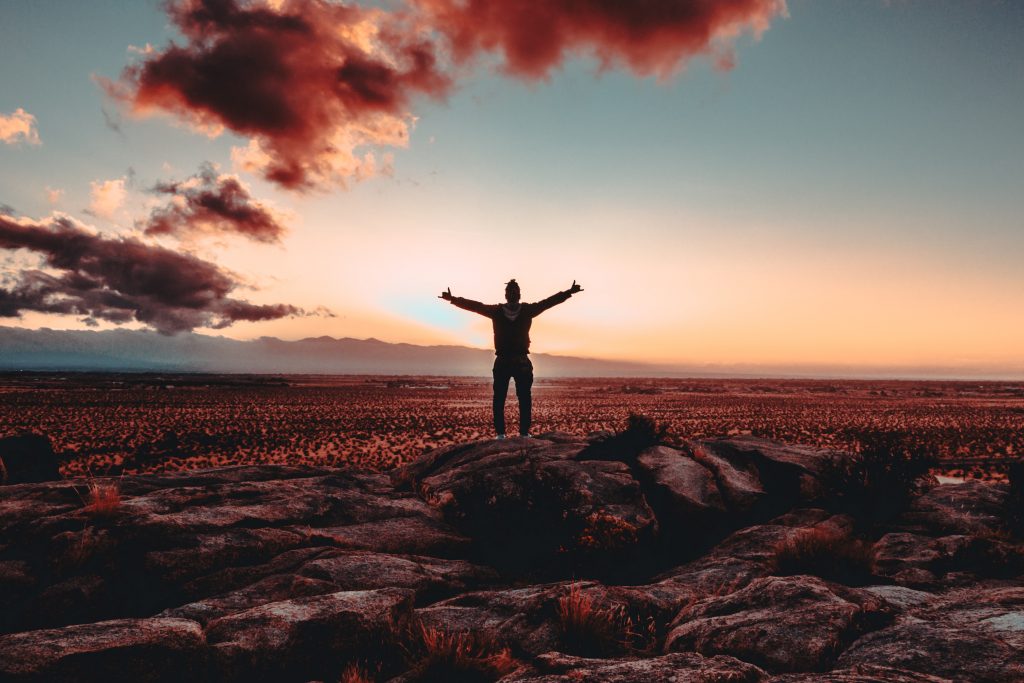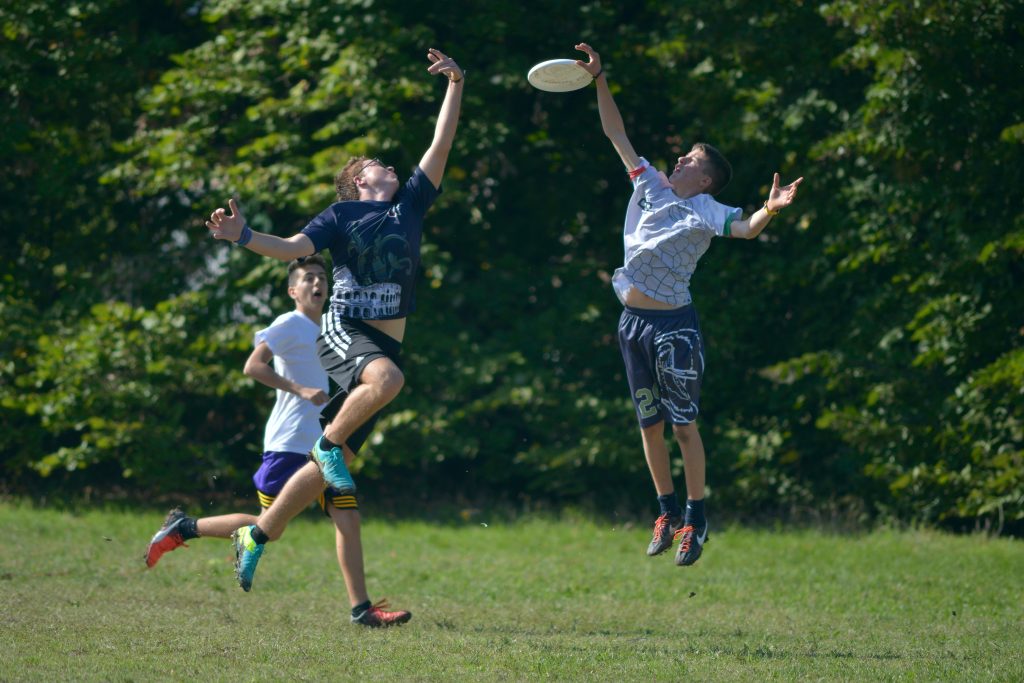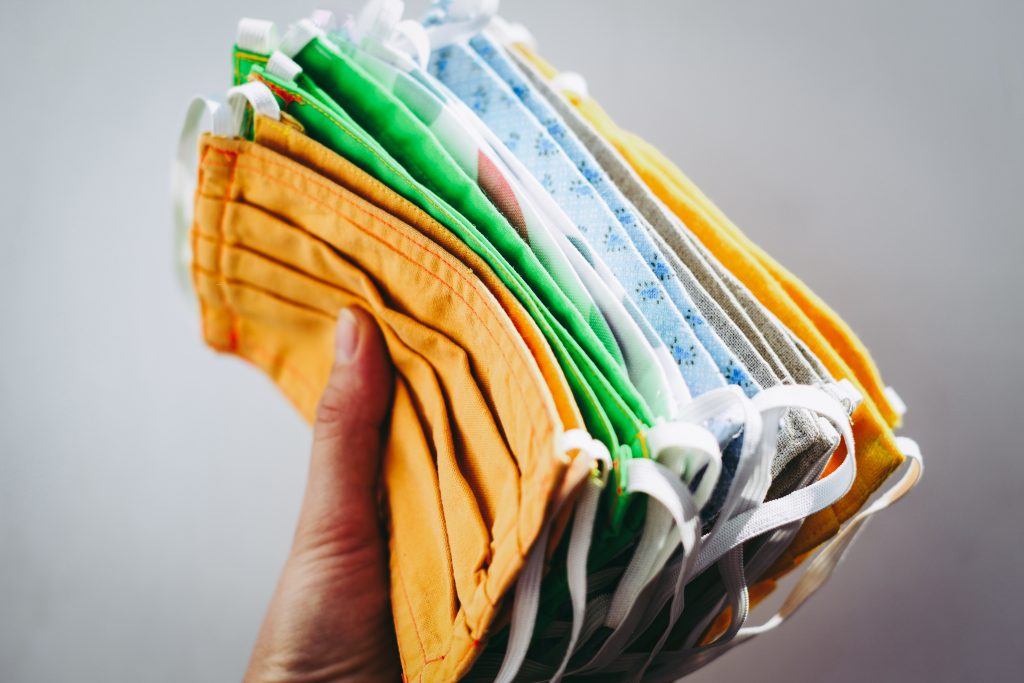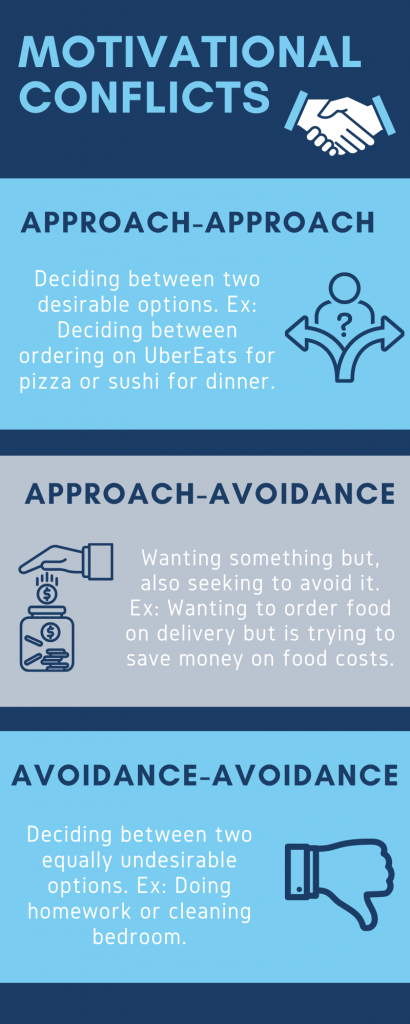Changes in Consumer Motivation During a Pandemic
A pandemic can be one of the most dangerous and life-changing events that a person can experience. It brings with it fear, stress, anxiety, and uncertainty. These are all strong emotions. But what about motivation? How do motivational concepts help explain what we are going through when we are faced with multiple decisions as consumers during a pandemic? The following is my examination of motivation and how motivational concepts relate to consumers in general, and me specifically, during the pandemic. How do motivational concepts help explain what we are going through when we are faced with multiple challenges?
Motivation

Motivation is a process that drives us to pursue our goals. During the course of the COVID-19 pandemic, my goals driven by motivation have changed. As a consumer, the pandemic has motivated me to use the convenience of doing tasks virtually to save time. Due to the pandemic, many companies have made it easy for consumers to do weekly errands all online, such as grocery shopping, clothing shopping, doctor’s appointments, etc. By saving the time of commuting to do these errands it has helped me as a consumer use the extra time to work on my own personal projects such as school or work.
Types of Motivation
There are two types of motivation: Intrinsic motivation is where you find joy or satisfaction in doing something because you want to do it for its own sake. For example, you might be driven to try a new outdoor physical activity during the pandemic in order to spend more time outside. Personally, I tried playing ultimate frisbee in a recreational league with my friends in order to try something new and do more exercise outside of the house.

Extrinsic motivation comes from outside forces like rewards or punishments (e.g., getting paid). For example, you want to start taking a remote cooking class during quarantine in order to get a degree in culinary school for future kitchen jobs. From my experience, during the pandemic, I decided to part-time at a coffee shop in order to make some extra money.
Needs, Wants, & Goals
A goal is a “cognitive representation of the desired state, or, in other words, our mental idea of how we’d like things to turn out” (Fishbach & Ferguson 2001; Kruglanski 1996). The desired state is driven by a sense of motivation that pushes us to complete our goals.
As a consumer, our purchases are separated into two categories; needs and wants. A need is classified as a basic essential necessity whereas a want is referred to as something you wish to have or fulfill. During the pandemic, our needs and wants have shifted as consumers. My personal needs have changed such as needing to find another job due to the number of employees laid off from my work from the pandemic. In terms of my wants, the pandemic shifted me into purchasing a new desktop computer to play video games with my friends virtually due to the lack of physically seeing them.
Utilitarian and Hedonic Needs
We can also differentiate between our “needs”: Utilitarian needs are needs that are practical and everyday uses whereas hedonic needs are luxury purchases for pleasure. For most, face masks have been a very popular utilitarian need and were in high demand at the beginning of the pandemic.

Personally, I have been purchasing sanitation wipes and hand sanitizer to satisfy my utilitarian needs during the pandemic. For others, a special spa treatment or massage session could satisfy their hedonic needs which I have done for myself to relax my body during these stressful times.
Motivational Conflicts
Motivational conflicts occur “when people experience two goals that are incompatible with each other” (Baker, Dickson, & Field, 2014). There are three different types of motivational conflicts: approach-approach conflict; approach-avoidance conflict; and, avoidance-avoidance conflict. As a consumer during this pandemic, I have often found myself to be in one (or more) of these conflicting states. Below are some examples of the motivational conflicts I have experienced during different times in the pandemic.

By Kaelee Maude (2021, August)
Media Attribution
- The image of the person on a rock at sunset is by Xan Griffin on Unsplash.
- The image of the boys playing Frisbee is by Stefano Zocca on Unsplash.
- The image of the face masks is by Vera Davidova on Unsplash.
Text Attribution
Baker, S., Dickson, J.M. & Field, M. (2004). Implicit priming of conflicting motivational orientations in heavy drinkers. BMC Psychology, 2, 28. https://doi.org/10.1186/s40359-014-0028-1.
Fishbach, A., & Ferguson, M. F. (2007). The goal construct in social psychology. In A. W. Kruglanski & E. T. Higgins (Eds.), Social psychology: Handbook of basic principles, 490–515. New York, NY: Guilford Press.
where you find joy or satisfaction in doing something because you want to do it for its own sake.
comes from outside forces like rewards or punishments (e.g., getting paid)
a cognitive representation of the desired state, or, in other words, our mental idea of how we'd like things to turn out.
a basic essential necessity whereas a want is referred to as something you wish to have or fulfill.
something that is desired, but not truly necessary.
needs that are practical and everyday uses.
luxury purchases for pleasure.
occur when people experience two goals that are incompatible with each other.

